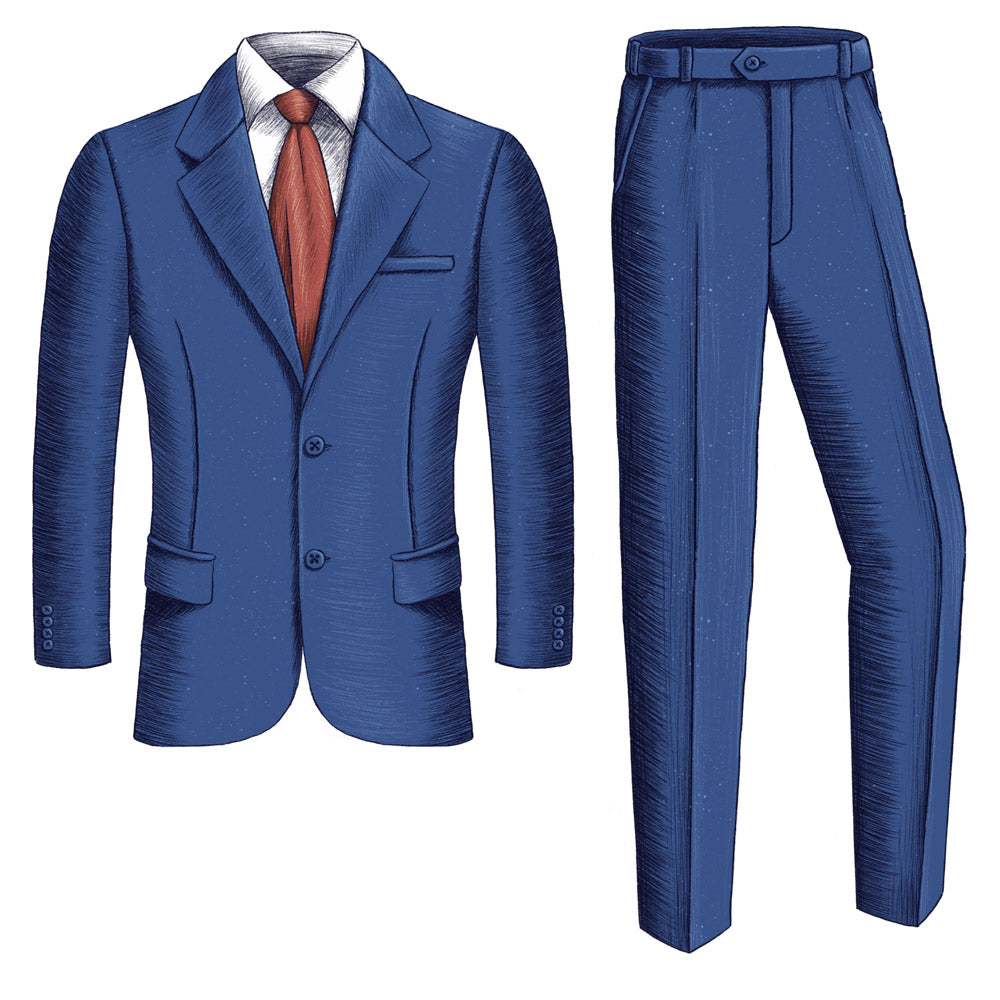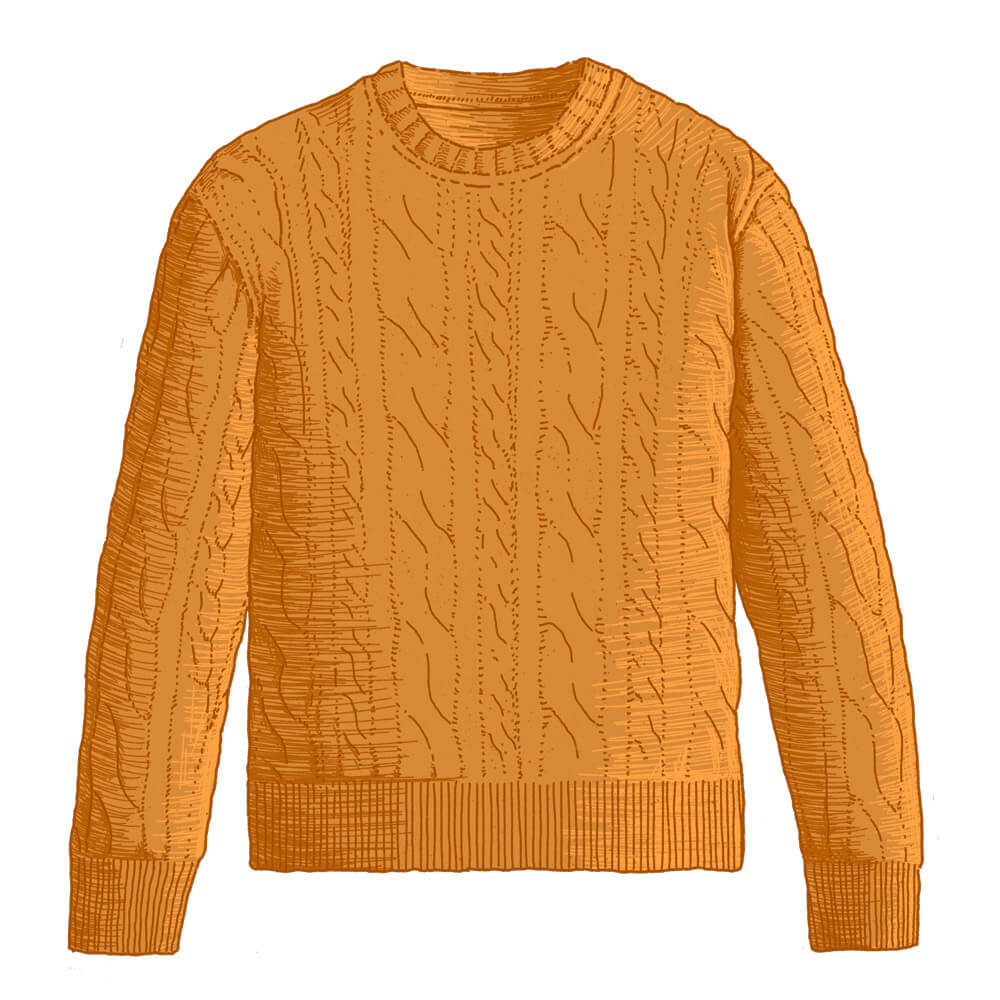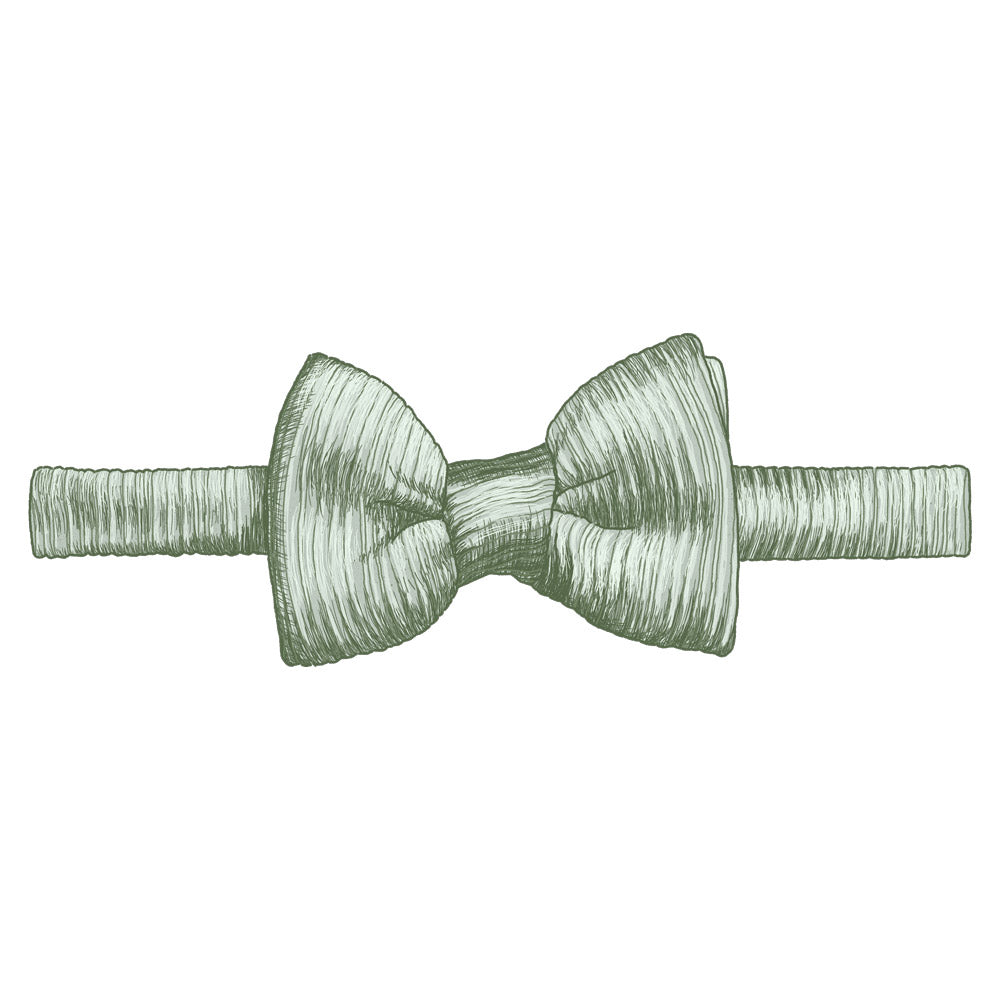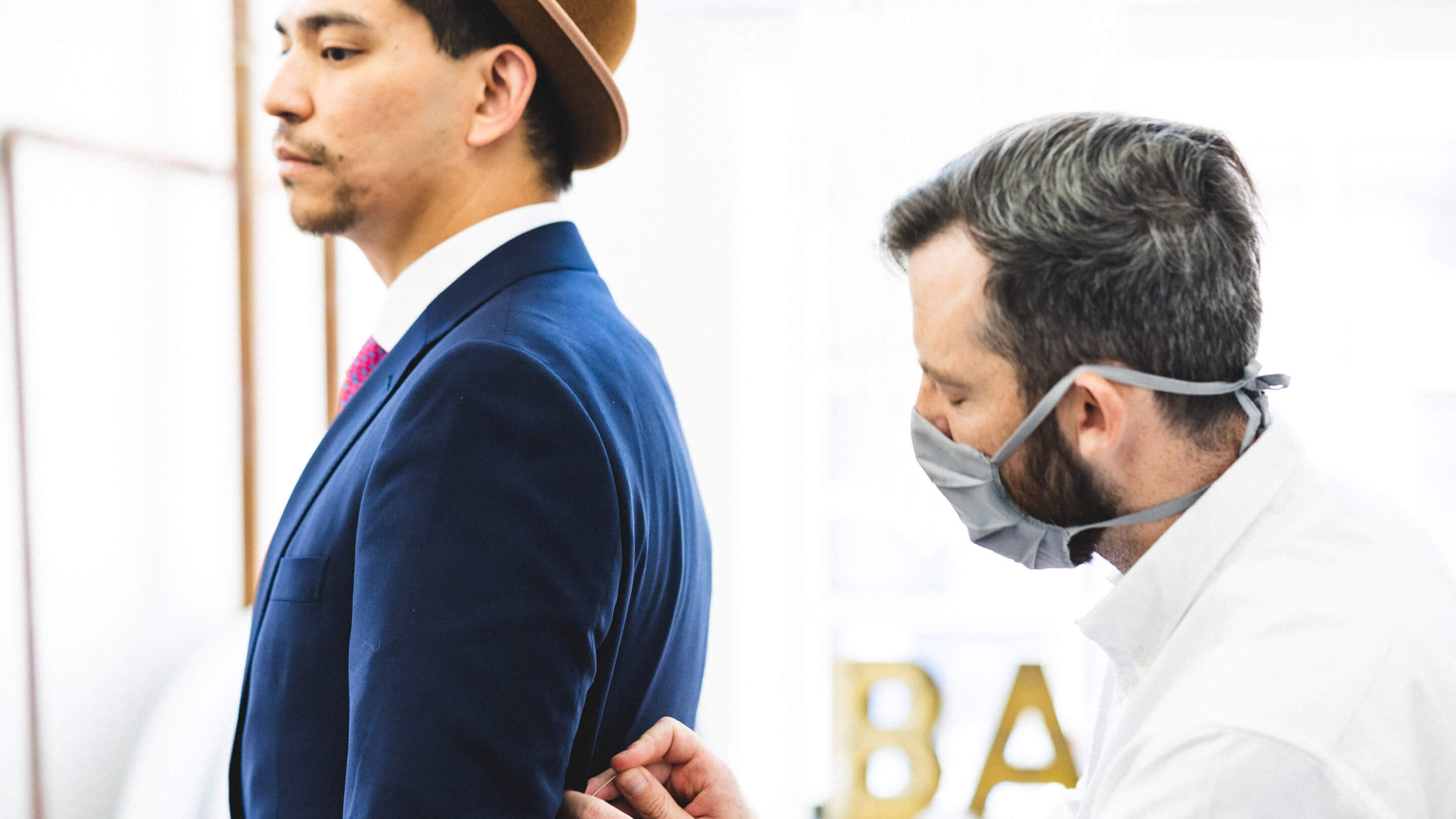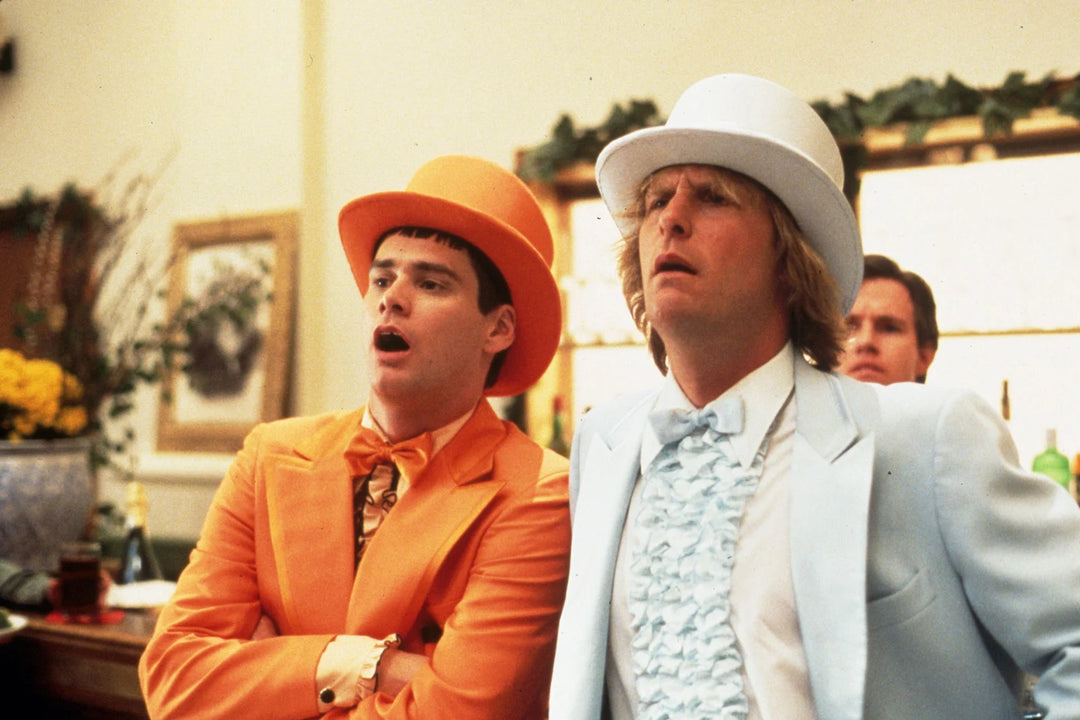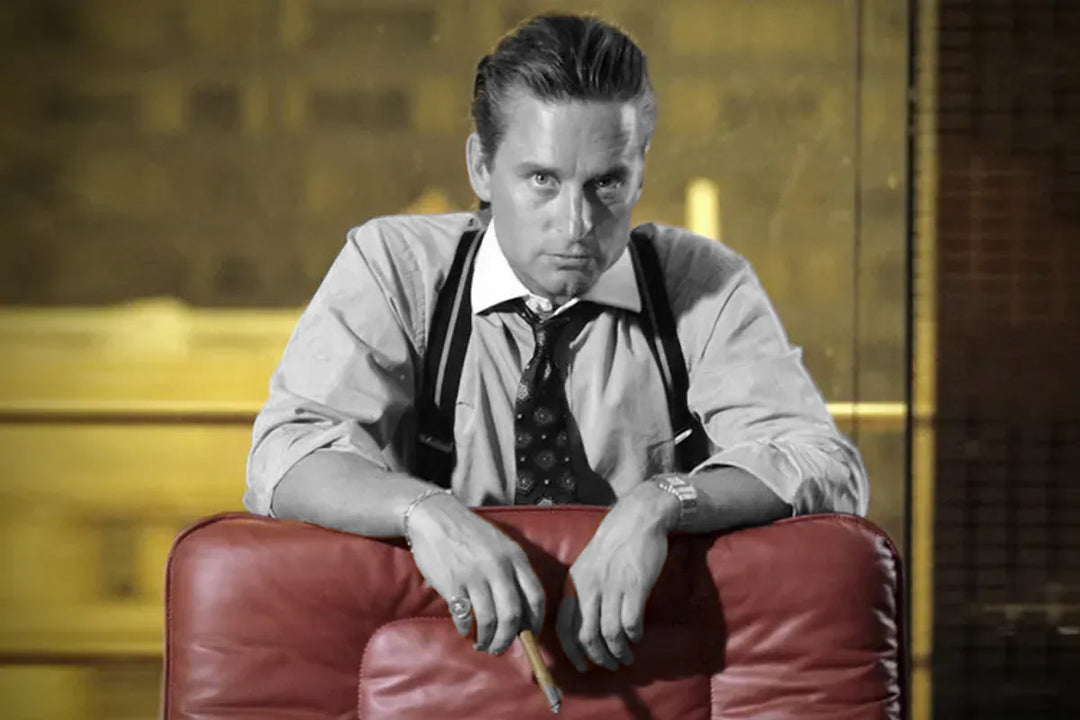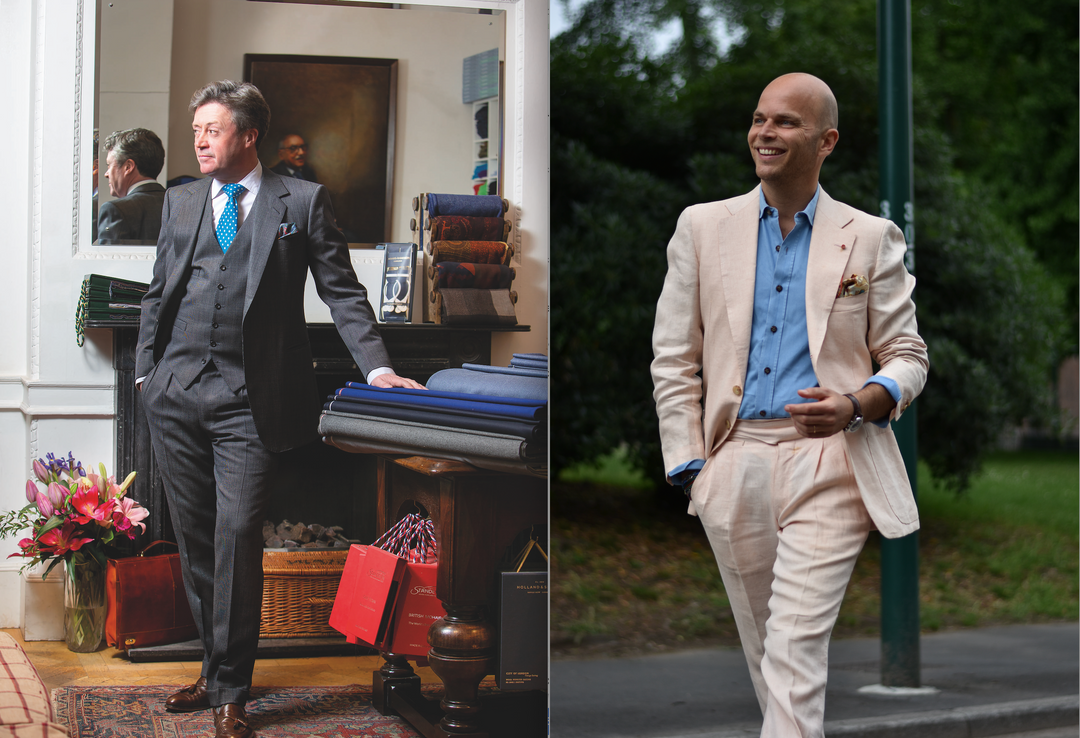Why should you own a suit? We all know we need at least one suit for formal events, interviews, or the occasional business meeting. But how do we know which suit to get?
Though buying your first suit might sound intimidating, don’t let it be. In this article, we’ll discuss the most tried and true options that will serve you in just about any setting. From jacket styles and colors, to trouser pleats and cuffs—we cover all the basics to make buying your first suit as painless as possible.
Jacket Style (Single vs. Double)
Let’s start with the essential part of your look: the jacket style. For your first suit, you should definitely go with a single-breasted jacket. Though double-breasted suits are great, they aren’t as versatile today as they were in the past, so we wouldn’t suggest this as your first choice. Get one with a floating canvas, which gives the suit its structure. Avoid a fused (or glued) jacket because it will look stiff and won’t drape well on your frame.
Having said that, the most important thing for you to get right is the fit. A jacket isn’t always going to sit well on you right off the rack. Even if you know your size, the cut is just as important. Essentially, it shouldn’t be too loose or too tight. A lot goes into making a decision, so if you want to learn more about how a suit jacket should fit, read our article: “A Beginner's Guide to Buying a Jacket.”
Materials
Suits come in four main natural fibers: wool, cotton, linen, and silk, as well as a combination of blends. In our opinion, you should always avoid polyester and other man-made materials, even if they’re a fraction of the total content. Natural materials will always look better, breathe better, and hold up better to wear and tear.
A 100% worsted wool will be your best bet. It’s a classic choice for most suits because it’s smooth, has a great drape, superior temperature regulation, and is the most durable natural fiber. The great thing about wool is that it’s great for all seasons, making it the most versatile suit material for your wardrobe.
Colors
Medium to Charcoal Grey are good colors to start with. They're versatile. You can pair them with just about any color shirt and style of tie. Navy Blue is another great suit color that works with many different clothing combinations—perfect for evenings and formal events.Black is just not as versatile as these other dark colors, so we wouldn’t recommend this color as your first, though it can look pretty sleek.
Pockets
Let’s start with the breast pocket, which is found in a few styles, but is most commonly a welt. It’s a small horizontal opening that can optionally display a tasteful pocket square. You can either go with a straight pocket or a fashion forward slanted version. A patch pocket is too casual, and should be reserved for sports jackets.
For jacket hip pockets, flapped will be your safest choice because they’re somewhere in-between a sporty patch pocket and a more formal jetted pocket. They can be slanted or not, and this depends on the look you’re going for. Hacking (or slanted) pockets are stylish and can make you look slimmer due to the pocket’s angle.
Interior jetted pockets are not visible since they are inside the jacket. They are functional and can be used to store small items like business cards, wallets, and cellphones.
For trousers, slant pockets are the most common. As the name implies, they are slanted in order to allow your hands to easily slide in. While there are other pocket styles available (like vertical pockets, for instance), they’re an unnecessary detail, especially when it comes to buying your first suit.
Buttons
Buttons are made from a variety of materials such as mother of pearl, horn, or corozo nut. Avoid plastic buttons, as they look cheap and tend to be fragile. These should be in darker colors that match the dark color of your suit. If they contrast too much, they will be more on the casual/flashy side. These are great for blazers, not so much for formal suits.
A two-button jacket is the most versatile style, but you can also go for a three-roll-two, which has three buttons, but the jacket front is meant to roll toward the middle button. Essentially, this means that it functions just like the two-button jacket, with the third button slightly hidden behind the lapel. The three-button jacket, on the other hand, has no roll and the top button is fastened near your chest. This has fallen out of favor due to it being perceived as old fashioned. We agree.
Cuff buttons usually have four as the standard, but you can go for three as well. These were historically meant to be unbuttoned to allow one to roll their sleeves up, thus making them functional. Today, lower end suits simply have the buttons sewn on for display. We suggest going with working cuffs (i.e., surgeon's cuffs) when possible because it's a mark of good craftsmanship. Just make sure the sleeve length works well for you off the rack. Since buttonholes are already permanently cut into the fabric, it can't be easily altered after purchase.
Lapels
Notch lapels with a 3.5-inch width are the standard for most chest sizes. These are measured at their widest point. If you like peak lapels, these will be a little more formal (and wider too). However, the notch lapel will be the most versatile.
Vents
Vents come in single, double, or none at all. A suit jacket without any vents will be your most formal option, and it is the most traditional. These are great for dinner jackets.
A jacket with a single vent essentially splits the bottom down the middle, which was perfect for horseback riding back in the day. It’s still a fashionable style, but is considered sporty, and hence more casual than double vents.
Finally, double vents—one on each side—allows the jacket to move when you sit down or when you put your hands in your trouser pockets. Since this is an article about buying your first suit, we recommend getting a double vented jacket because it’s the most popular and versatile option.
Trouser Styles (Flat vs. Pleated)
Trousers come in a few styles. The most popular currently is the flat-fronted trouser, but there is also an option to buy one with pleats—the folds you see in the upper part of the trouser. These lines expand when you walk, sit, or bend down to pick something up, thus easing tension around the top of your thighs. They are especially useful for high-waisted trousers that sit between the hips and lower part of the ribcage (the natural waistline) and for people with a larger build. In fact, this is the traditional way it was worn, and it covers up the belly nicely.
There are two main types of pleats: forward pleats and reverse pleats. Forward-facing pleats are folded inwards, making you look slimmer, and these are great for thin men. However, it’s harder to find one that fits off the shelf, which is where a tailor can come in handy. Today, most people wear reverse pleats, which are folded outward, thus widening around the hips.
Both versions come in either single or double pleats. Single pleats will give you a sharper silhouette, but the downside is that the crease will be more pronounced. Double pleats, on the other hand, allow for a second smaller crease to keep the larger one closed. Functionally, it also gives the wearer a slightly roomier fit. It’s even possible to do triple pleats, but these are seen as too baggy for modern standards.
Some people find pleated trousers aesthetically pleasing and others think they’re old fashioned. For us, pleats remain a classic for good reason, but these are ultimately up to your personal preference. If you’re looking for the most versatile option, however, you can safely go without pleats.
Cuffs (or turn-ups)
Most pleated trousers have cuffs at the end of each pant leg because it’s said to even out the look, but you can add them to a regular non-pleated trouser too. The benefits of a cuff is that it adds extra weight to the pant leg for a better drape, and sits nicely over your shoe when you’re on the move. Keep in mind that cuffs will make your trousers look a little less formal than plain hems, but they’re still a versatile choice for your first suit. If you decide you don’t want them in the future, you can always get them removed.
Conclusion
I hope this article helped you get a sense of what you need to look for when buying your first suit. Remember: “buy once, cry once.” A quality suit can last a lifetime if cared for, so make sure to make this one count. From there, you can always acquire more styles and colors to add to your growing wardrobe.
